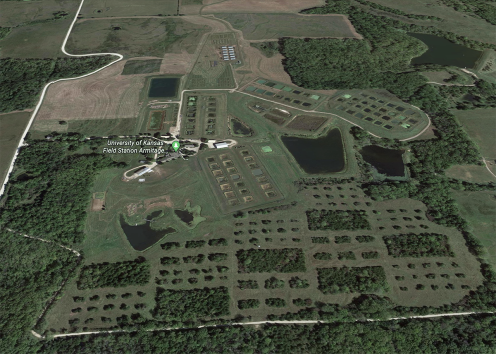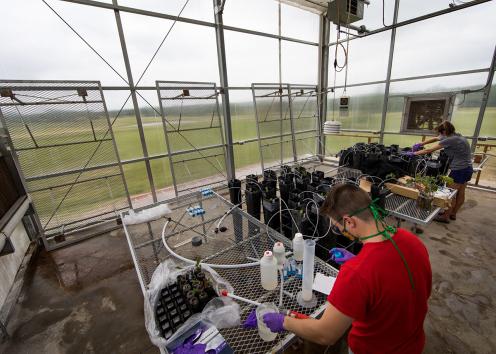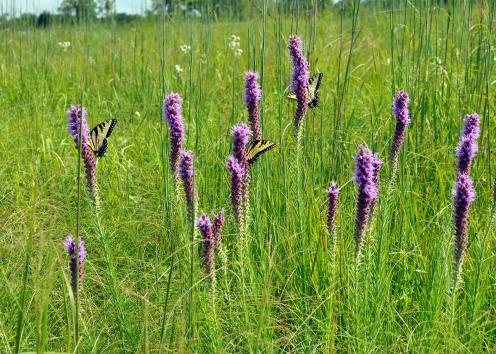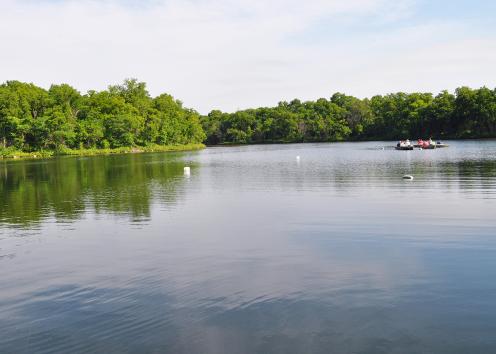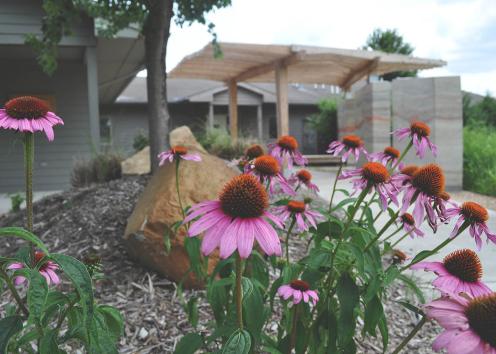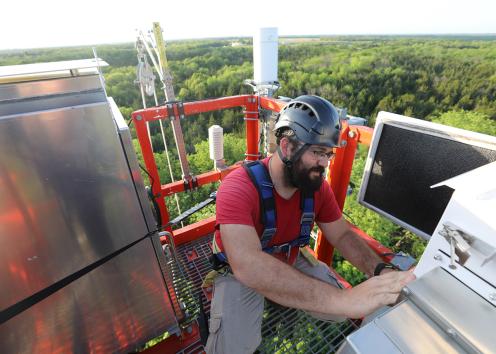Welcome to the KU Field Station

The KU Field Station welcomes students, faculty and staff from across the University of Kansas and other institutions for study at our three sites. In addition, we maintain 5 miles of public trails and offer many public programs for people of all abilities and skill levels. We look forward to meeting you!
Programs & events

Science Sundays
This monthly series of in-person, afternoon public talks covers a variety of science topics, including research at the Field Station. Talks are free and open to the public; RSVP required.

Special events
We host a wide variety of events, outdoors and in, throughout the year. Follow the seasons and experience wonder with us. Check the KU Events Calendar or find us on Facebook.

Volunteer opportunities
Help clear trails, maintain native plant gardens, grow food and more! The Field Station offers many opportunities for learning and shared experiences—for students as well as members of the public.

Monthly newsletter
Our newsletter provides information about KU Field Station public programs and volunteer opportunities for the upcoming month, as well as highlights and photos from previous events.
Our nature trail system
Our five-mile trail system, minutes from town yet a world away, is open to the public dawn to dusk every day. Interpretive signage at three trailheads and along the Rockefeller Prairie Trail helps tell the story.

Our field reserves
The KU Field Station is made up of 11 distinct reserves in three different areas, all within an hour's drive of the City of Lawrence.

